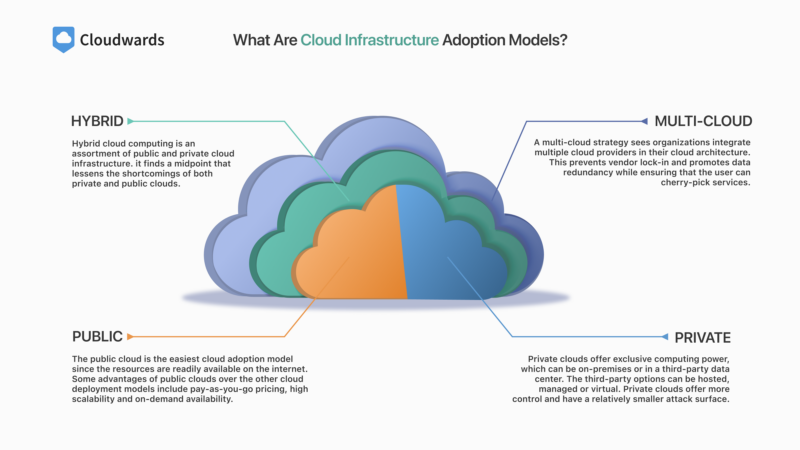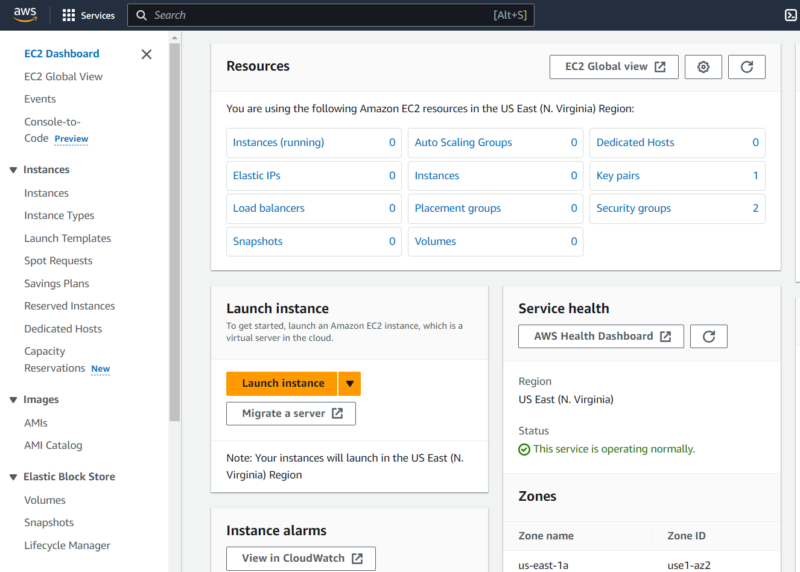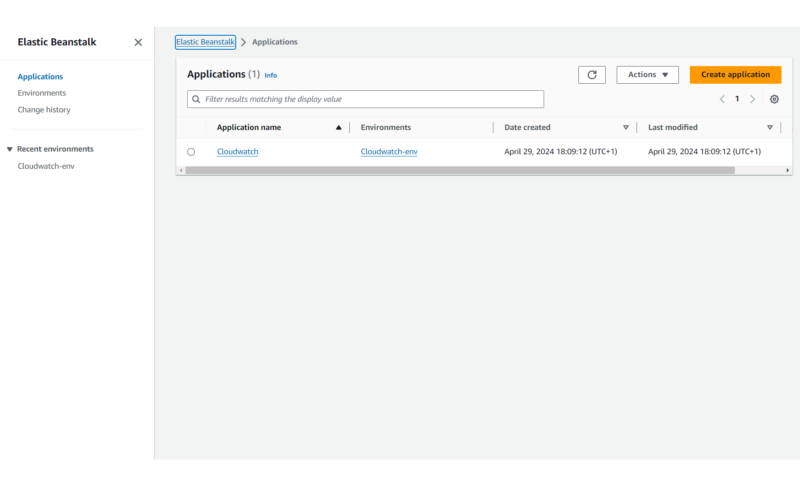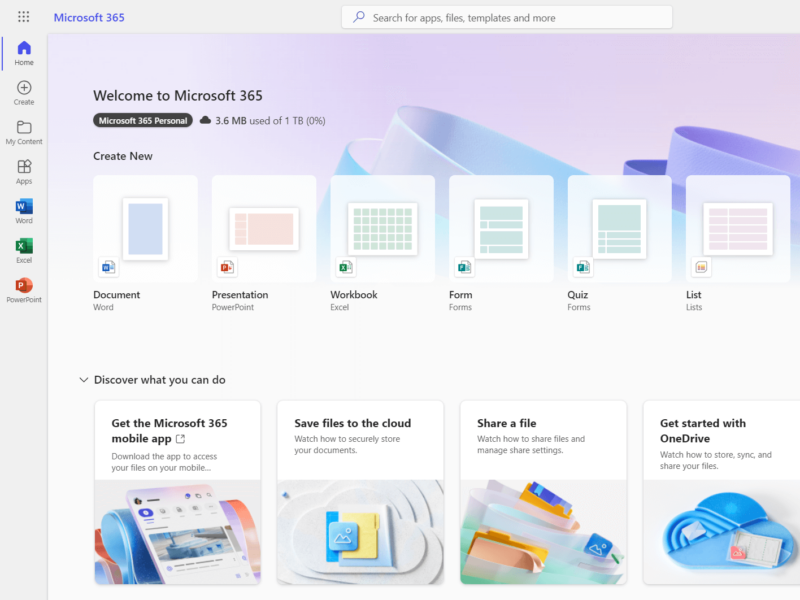Cloud computing infrastructure is the suite of servers, storage, networks and software that deliver cloud computing resources. Servers are physical computers in the data centers, while storage is the hardware that records and accesses data. The software allows access to the servers without a physical interface, and the network side connects the physical and virtual components across data centers.
Cloud users adopt cloud computing infrastructure in many ways, but it’s mainly through public, private and hybrid clouds. These cloud adoption models represent the infrastructure’s level of access or exclusiveness. In public clouds, users share resources from a public pool, but in private clouds, the user gets dedicated resources. Hybrid clouds combine the concepts of public and private clouds.
The delivery of cloud computing services differs, although their underlying infrastructure might be similar. This is where cloud delivery models come into play. Cloud delivery models denote the degree to which cloud infrastructure components are configured. There are three main types: Infrastructure as a Service (IaaS), Platform as a Service (PaaS) and Software as a Service (SaaS).
What Is Cloud Computing Infrastructure?
Cloud computing infrastructure is the behind-the-scenes aspect of cloud computing. It includes the hardware and software components that facilitate the delivery of virtualized resources over the air. Of course, the hardware in cloud computing infrastructure is just like regular computing hardware. It features a server, a networking interface, storage and so on.
The software components of cloud computing are where the magic lives. Cloud computing infrastructure features virtualization software, which is what makes the virtual delivery of computing power possible.
All in all, cloud computing infrastructure is a collection of resources that drive the delivery of virtual resources through a network.
What Is the Role of Cloud Infrastructure in Cloud Computing?
Cloud infrastructure is at the center of everything cloud computing. It’s where cloud resources come from, whether that’s virtual machines, block storage, bucket storage, logical networks or database services. Essentially, the cloud infrastructure’s main role is to serve as the basis for providing cloud computing power.
What Are the Components of Cloud Infrastructure?
The cloud infrastructure components make up the system that effectively presents computing resources as services over a network. These components fall into two broad categories: hardware and software.

Caption: The server is the most essential hardware component of cloud infrastructure. Without it, every other hardware would be unusable.
The core hardware components are the server, network and storage, while the software is primarily the virtualization software.
What Are Delivery Models in Cloud Infrastructure?
Cloud service models represent the configuration level of a cloud service. In other words, they define the packaging and delivery of cloud services. They also dictate the service management responsibilities of the user and cloud provider.

Caption: If cloud delivery models were laid out as a pyramid, IaaS would be the base, SaaS the peak and PaaS in the middle.
The three main cloud service models are Infrastructure as a Service (IaaS), Platform as a Service (PaaS) and Software as a Service (SaaS).
What Are Cloud Infrastructure Adoption Models?
Cloud adoption models dictate the integration and deployment of the underlying cloud infrastructure. They define the security and flexibility of the resources, and they also determine the organization’s level of control and responsibilities.

Caption: Like hybrid clouds, community clouds adopt elements of both private and public clouds. While many organizations share the resources, the infrastructure remains exclusive.
There are four main cloud deployment models: public, private, hybrid and multi-cloud.
What Are the Benefits of Using Cloud Infrastructure?
Cloud infrastructure is generally more scalable and flexible than traditional infrastructure. It also offers better cost-efficiency, improved disaster recovery and enhanced security.
- Scalability: Cloud infrastructure allows organizations to quickly provision more computing power during peak usage. It also lets them remove redundant resources when they aren’t needed. Unlike in traditional systems where scaling requires hardware procurement, this happens on demand.
- Flexibility: Cloud infrastructure supports various deployment models: public, private, hybrid and multi-cloud. You can get services across each of the three delivery models, be it IaaS, PaaS or SaaS. Essentially, you have a lot of choices.
- Improved disaster recovery: Cloud infrastructures typically have durable backups across multiple regions and data centers. This gives you redundancy, which is good for disaster recovery.
- Enhanced security: Cloud infrastructures put a lot into their security. They also get a broader assortment of security tools relative to traditional infrastructure. All in all, they have enhanced security.

Caption: To keep up with peak demands, organizations used to overprovision computing resources. With cloud computing infrastructure, resources can scale when needed.
What Are the Drawbacks of Cloud Infrastructure?
The drawbacks of cloud infrastructure include limited control, compliance requirements, security concerns, network dependence and vendor lock-in.
- Limited control: Generally, users can’t access the components of cloud infrastructure in a public cloud. As such, organizations may be unable to customize features like security to the fullest.
- Compliance requirements: When choosing a cloud service provider, you must make sure that its cloud infrastructure complies with your industry’s regulations. However, verifying and ensuring that the infrastructure meets the compliance requirements can be complicated.
- Security concerns: Cloud infrastructures have more security exposure, leaving them with a higher attack surface. For one, more people interact with cloud infrastructure, raising the risk of human errors and insider threats.
- Network dependence: Cloud infrastructure depends on networks (particularly the internet) for service delivery, data transfer, communication and so on. This leaves it susceptible to network lapses like latency.
- Vendor lock-in: Businesses might be unwilling to switch cloud providers after investing heavily into their current provider. Some providers also offer proprietary software that can’t be used on other platforms. These situations can lock organizations into a cloud service provider. Ultimately, they’ll end up with less leverage and be unable to utilize competitive alternatives.

Caption: Organizations often opt for private clouds to regain significant control while reducing latency.
What Are the Requirements for Building a Cloud Infrastructure?
Service management, resource management, tools integration, interfaces and security are among the top requirements for building a cloud infrastructure.
- Service management: Delivering clearly defined services that can improve user experiences while maintaining cost-efficiency is at the core of building a cloud infrastructure. Service management basically involves the delivery and maintenance of valuable services while ensuring smooth operation.
- Availability: With many users depending on cloud infrastructure, its steady availability is absolutely necessary. Cloud infrastructure must be built in durable data centers where outages are kept at near-zero.
- Reliability: A cloud infrastructure that’s always available already tours the path toward reliability. However, having a stable network connection, a secure environment, redundant backup systems and effective disaster recovery makes for true reliability.
- Security: Every cloud infrastructure needs security. An insecure infrastructure leaves user data and applications exposed to malicious threats. Also, data breaches will always harm a cloud provider’s reputation. Therefore, security is a non-negotiable requirement both for business and regulatory reasons.
- Resource management: To maintain service delivery and ensure availability, prioritizing resources based on workloads is essential. Of course, performing ongoing maintenance of said resources is also crucial. This is where resource management comes into play.
- Tools integration: The management team in the data centers must integrate certain tools into the cloud infrastructure. They will use these tools for various purposes like provisioning, monitoring, providing customer care and so on. Ensuring that these tools integrate easily into the infrastructure will promote the smooth flow of operation.
- Interfaces: Every end user that uses the cloud needs an interface. When building cloud infrastructure, you must make interfaces with the appropriate level of complexity for different user groups. For instance, developers can make do with software development kits and cloud development kits, and command-line interfaces work just fine for system admins. However, less tech-savvy users might prefer a console.
- Visibility: Data centers need to be surveillant; they must constantly keep a close watch on all of the infrastructure’s components. Data from this close monitoring will drive every policy that keeps the infrastructure running.
- Reporting: As the monitoring and visibility process does its part, there should also be a pipeline that delivers actionable data to the appropriate quarters (where they can be analyzed).
Final Thoughts
Cloud computing infrastructure can be delivered as IaaS, PaaS or SaaS, all of which can be adopted via a public or private cloud. You may also choose to combine public and private cloud infrastructures to maximize their individual benefits. In addition, you can try multi-cloud solutions, which combine the best services from multiple cloud providers.
Which of the cloud infrastructure delivery models are you most familiar with? Have you had any experience with private clouds? Leave a comment with your response or opinion about cloud computing infrastructures. Thank you for reading.
FAQ: Cloud Computing Infrastructure
-
Infrastructure in cloud computing is the pool of software and hardware resources that deliver cloud services over a network.
-
The three main types of cloud infrastructure are private, hybrid and public cloud. A fourth type is also emerging: multi-cloud.
-
The four components of cloud infrastructure are servers, storage, networking and virtualization software.
{“@context”:”https:\/\/schema.org”,”@type”:”FAQPage”,”mainEntity”:[{“@type”:”Question”,”name”:”What Is Infrastructure in Cloud Computing?”,”acceptedAnswer”:{“@type”:”Answer”,”text”:”
Infrastructure in cloud computing is the pool of software and hardware resources that deliver cloud services over a network.\n”}},{“@type”:”Question”,”name”:”What Are the 3 Types of Cloud Infrastructure?”,”acceptedAnswer”:{“@type”:”Answer”,”text”:”
The three main types of cloud infrastructure are private, hybrid and public cloud. A fourth type is also emerging: multi-cloud.\n”}},{“@type”:”Question”,”name”:”What Are the 4 Components of Cloud Infrastructure? “,”acceptedAnswer”:{“@type”:”Answer”,”text”:”
The four components of cloud infrastructure are servers, storage, networking and virtualization software.\n”}}]}
The post Cloud Computing Infrastructure: Definition, Components, Delivery Models, Adoption Models and Benefits appeared first on Cloudwards.




